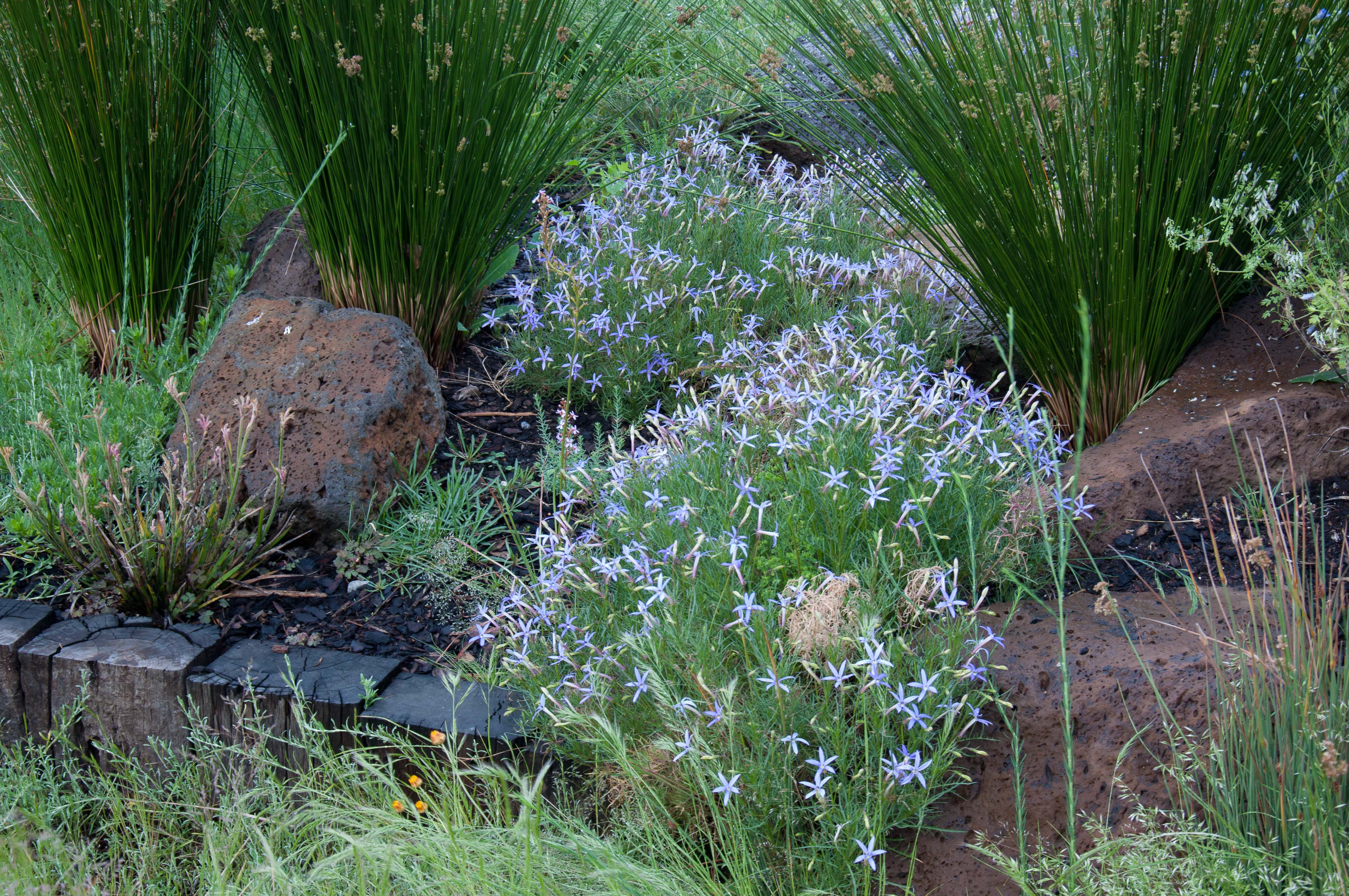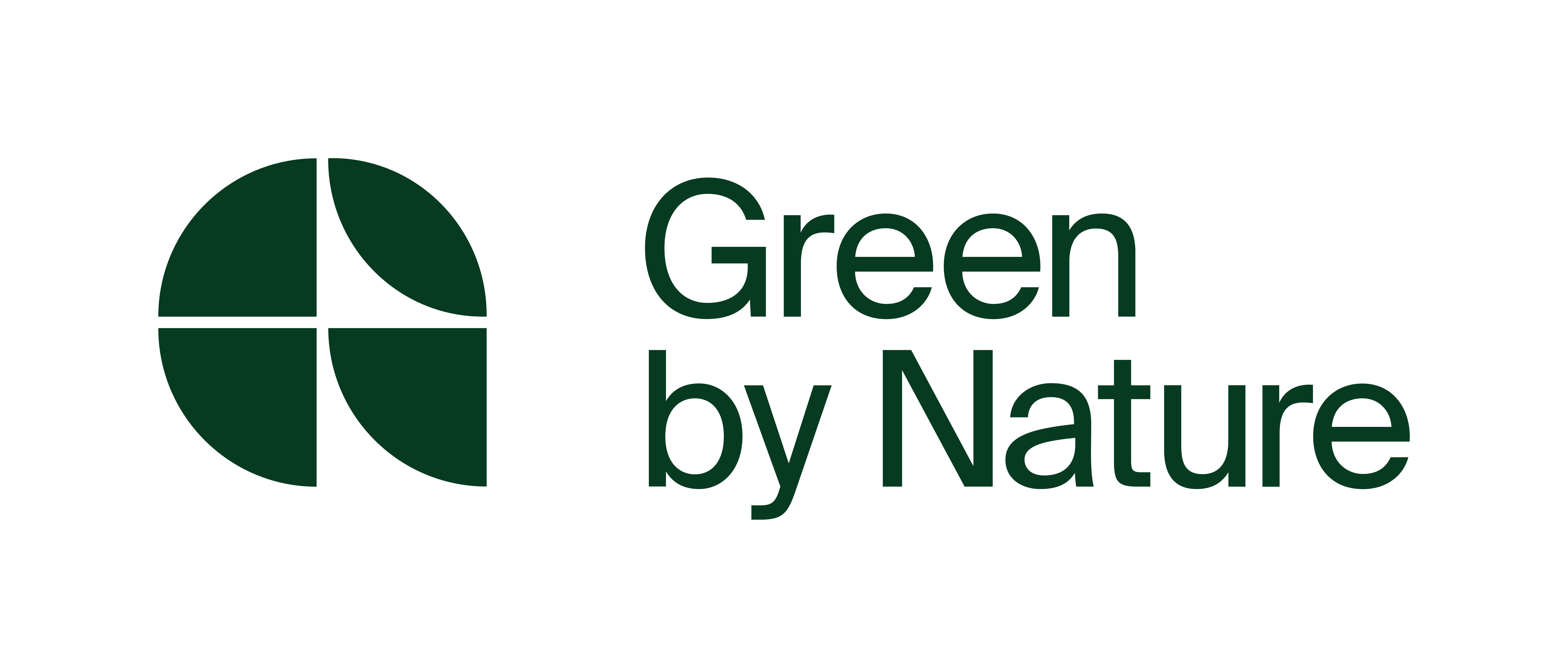Go Green Schools

Nangak Tamboree Wildlife Sanctuary has teamed up with Green By Nature to help schools go green with donations of indigenous plants and nest boxes.
We are donating plants and nest boxes to schools to help beautify the school grounds, create habitat connectivity, attract local wildlife to school grounds and to encourage students to connect with nature and provide them with learning opportunities.
What’s provided to schools
- 2 boxes of plants (total of 108 seedlings) from your chosen themed pack
- Species provided will be a mix of those listed with the actual species provided determined by success of plant propagation
- 1 nest box to support local wildlife
- Sign to install at your new garden
- Factsheet with some tips on caring for your plants/garden
- Optional – assistance with planting from Green By Nature staff
Who can apply
- All primary and secondary schools located in Darebin and Banyule Council areas are eligible to apply.
- Principals, teachers, grounds people and business managers are welcome to apply.
- Interested parents/student leadership teams can apply on behalf of the school but must attach a letter of support from the school principal to their application.
Themed plant packs
Schools can choose from the following themed plant packs
| Pollinator Pack | Small Bird Habitat | Frog Bog | Grassland Meadow | Parrot Pack |
|---|---|---|---|---|
A variety of small flowering herbs and ground covers to attract native pollinators. Chrysocephalum apiculatum - Common Everlasting Daisy Nest box - Bug pad | A range of prickly shrubs and ground covers which provide protection and food for small bird species. Grevillea rosmarinifolia - Rosemary Grevillea Nest box - Pardalote box | A mix of aquatic and edge vegetation to enhance your frog bog or wetland. Ficinia nodosa - Knobby Club Rush Nest box - Microbat box | Grasslands attract and provide habitat for a range of pollinators such as butterflies and lizard species. Microlaena stipoides - Weeping Grass Nest box - Bug pad | Larger trees and shrubs to provide habitat and food for small parrot species. Banksia marginata - Silver Banksia Nest box - Small parrot box |
*Critically endangered species
Program timing
- Applications open September 2025
- Applications close 16 November 2025
- Successful schools notified late November 2025
- Schools to receive plants/nest boxes May to July 2026
Supported by

